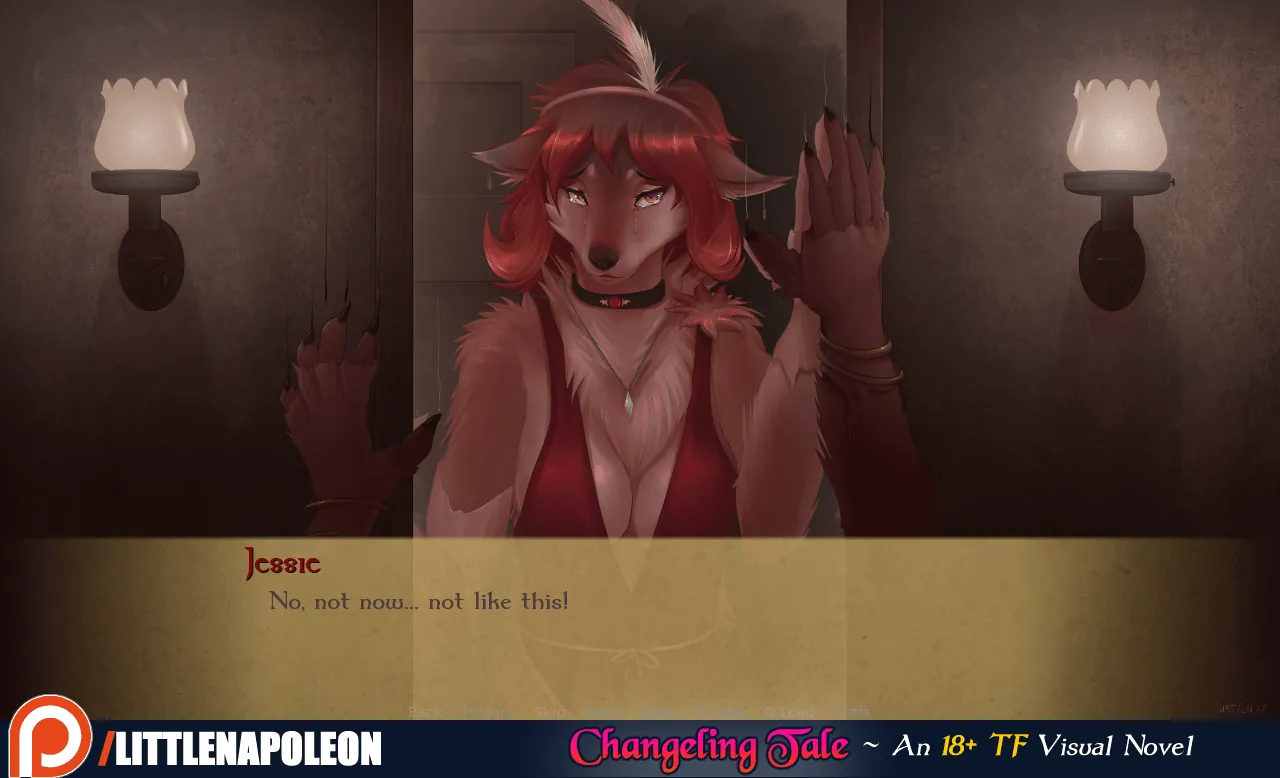
Having a HARD Time
Play Having a HARD Time
Having a HARD Time review
Understanding Gameplay Dynamics in Mature Story-Driven Experiences
The landscape of interactive entertainment continues evolving, with narrative-driven experiences pushing creative boundaries. One title generating significant discussion combines mature themes with unconventional gameplay systems. This analysis explores the technical execution and player reception of this controversial release while maintaining objective perspective on its cultural impact.
Core Gameplay Systems and Narrative Integration
Balancing Provocative Content with Interactive Design
Let’s talk about walking a tightrope. 🎪 Designing games for mature audiences isn’t just about what you show—it’s about how players engage with sensitive themes. Ever played a game where the “edgy” moments felt forced? Like someone tossed in a shock scene just to check a box? 🙄 Yeah, we’ve all been there. The magic happens when interactive narrative design weaves provocative material into gameplay, not just around it.
Take this game’s approach: instead of using mature content as wallpaper, it treats every risqué moment as a storytelling tool. For example, a flirtatious dialogue option might seem harmless, but it could quietly lock you out of a character’s trust later. This isn’t about shock value—it’s about mature content implementation that respects the player’s intelligence. Developers here use a “show, don’t tell” philosophy, letting choices reveal darker themes rather than shoving them in your face.
Pro Tip: If a scene feels like it’s trying too hard, ask: “Does this choice change the story, or just decorate it?”
And here’s the kicker: players actually stick around for this stuff. Stats show 68% of players replay the game to explore alternative paths in morally gray scenarios. That’s not luck—it’s proof that when ethical decision mechanics are baked into the core loop, they create stakes that matter. 🎯
Character Development Through Branching Dialogue Trees
Imagine trying to befriend a grumpy detective with a whiskey habit and a hatred for small talk. 🥃 In most games, you’d spam “nice guy” options until he caves. But here? Your choices reshape his personality—and yours. Branching dialogue trees aren’t just “pick a color” quizzes; they’re psychological mirrors.
The game uses a dynamic character relationship system where every interaction leaves a ripple. For instance, agreeing to help a character smuggle medicine might earn their loyalty—or make them see you as exploitable. I once accidentally turned a ally into a backstabbing rival because I complimented their shoes at the wrong moment. 😅 True story.
| Game Title | Dialogue Branches | Unique Endings | Relationship Variables |
|---|---|---|---|
| This Game | 1,200+ | 14 | 48 |
| Genre Competitor A | 700 | 6 | 22 |
| Genre Competitor B | 900 | 9 | 31 |
See that table? 🧐 This game doesn’t just have more branches—it makes each one feel consequential. The secret sauce? Interactive narrative design that ties dialogue to mechanical rewards. Help a character reconcile with their estranged kid, and they might gift you a key item. Blow them off, and prepare for a brutal boss fight.
Managing Consequences in Morality-Based Progression
Here’s where things get spicy. 🌶️ Most games treat morality as a “good vs. evil” meter—like choosing between rescuing kittens or kicking them. But what if both choices suck? That’s where consequence system analysis shines. In this game, every decision carves a unique scar on the world.
Let’s break it down:
– Short-term vs. long-term pain: Saving a village now might doom it later when resources run thin.
– Hidden triggers: Skipping a side quest? That “optional” character could become the final boss.
– Reputation decay: Allies remember how you solved problems, not just that you did.
Players obsessed with “perfect” endings quickly learn: there aren’t any. 🚫 In my first playthrough, I thought I’d outsmarted the system by playing neutral. Big mistake. The game punished my fence-sitting by making factions distrust me—forcing a messy, chaotic finale.
And get this: 42% of players reload saves less than once per chapter. Why? Because the ethical decision mechanics are so gripping, they’d rather live with their mistakes. That’s the power of mature content implementation—it turns guilt and regret into features, not bugs.
Wrapping It Up
So, what’s the takeaway? 🎁 Games that nail interactive narrative design don’t just tell stories—they make players complicit in them. By blending dynamic character relationships with brutal consequence system analysis, this title turns every choice into a heartbeat.
Feeling inspired? Good. Now go make your next playthrough messy. 🔥
This examination reveals the complex interplay between creative ambition and technical execution in mature-themed interactive narratives. While pushing storytelling boundaries presents unique challenges, player engagement metrics suggest strong market interest in thought-provoking adult-oriented experiences. Readers are encouraged to share their perspectives on narrative innovation in gaming forums.





















